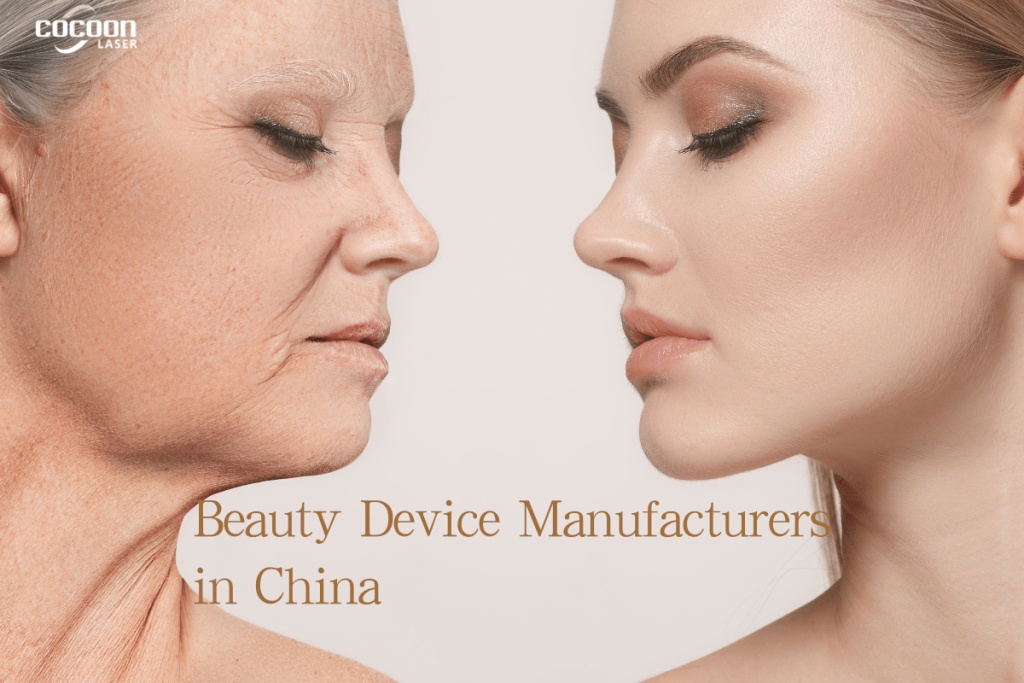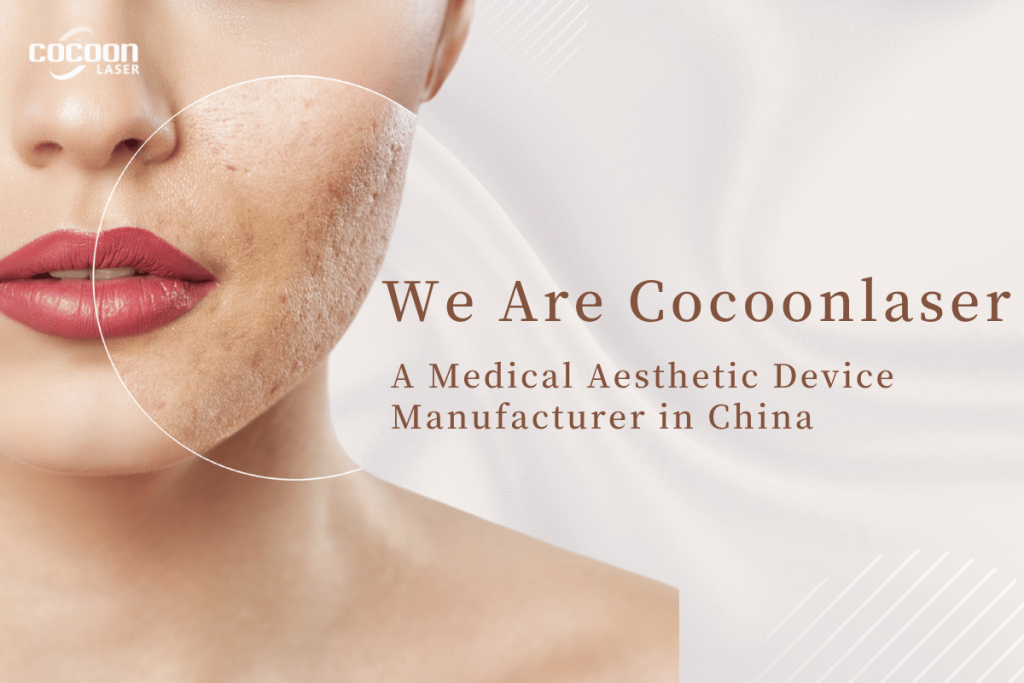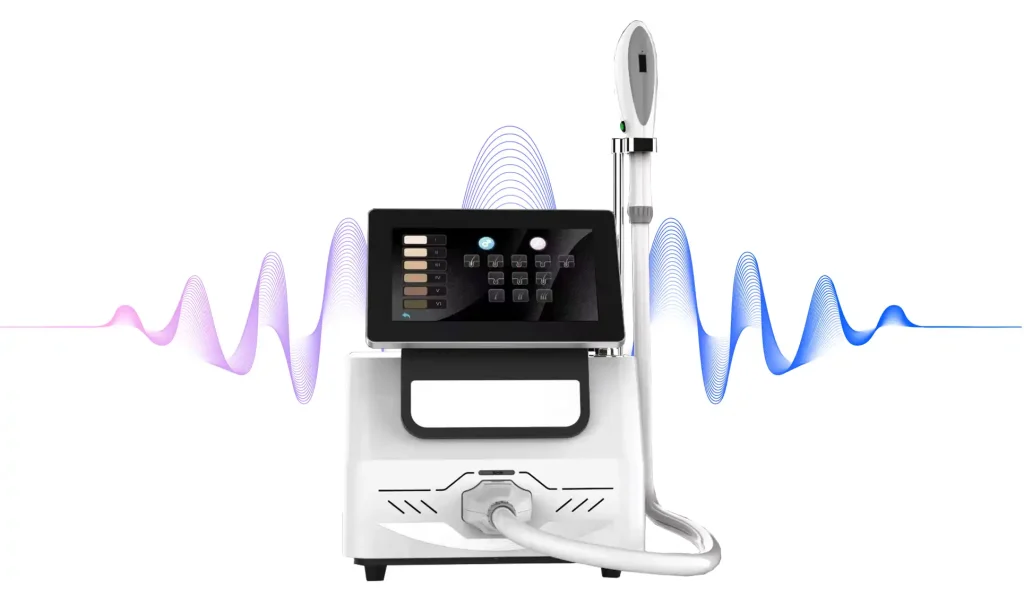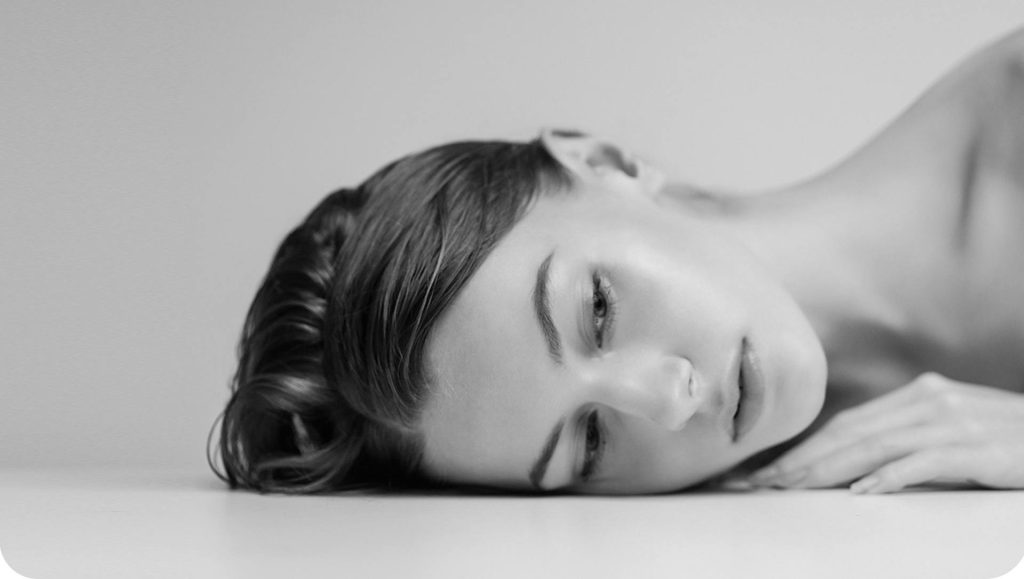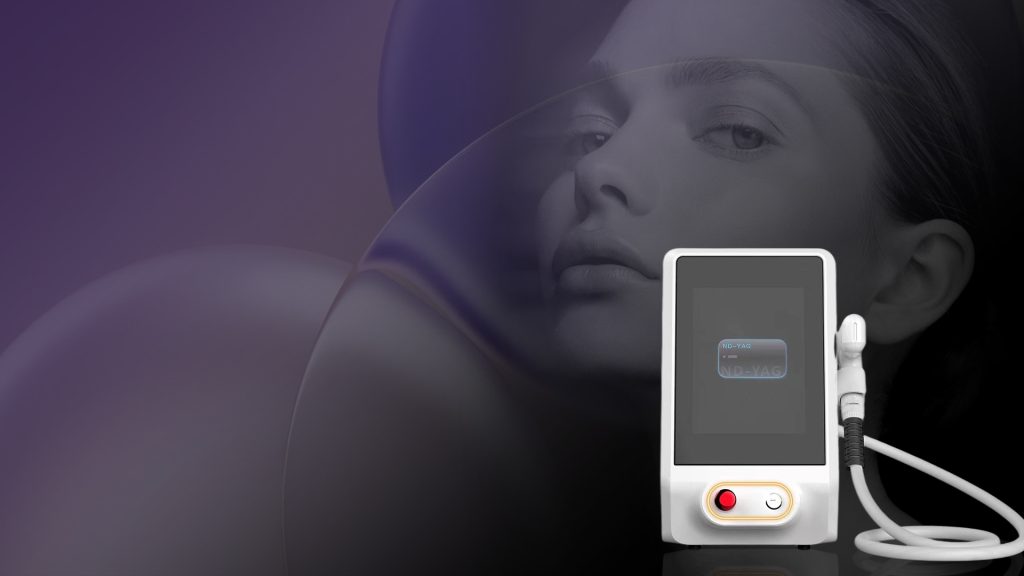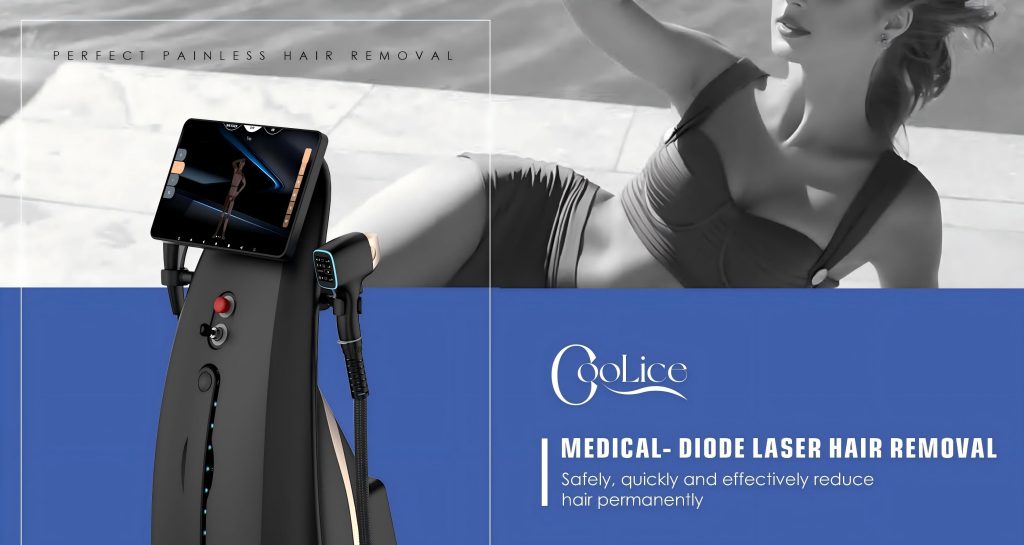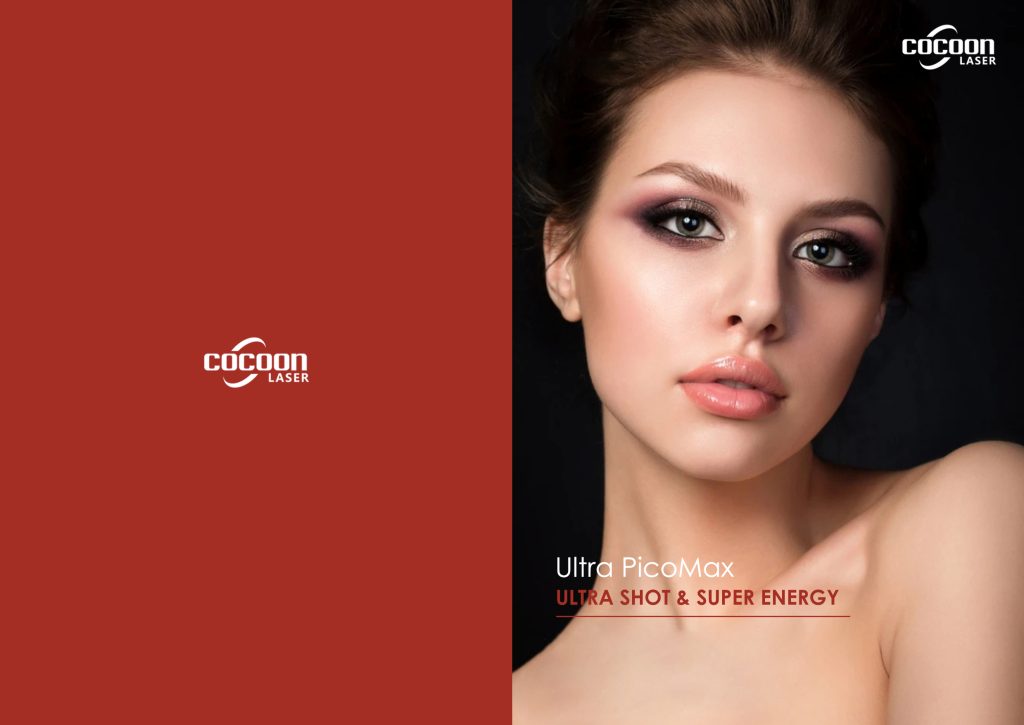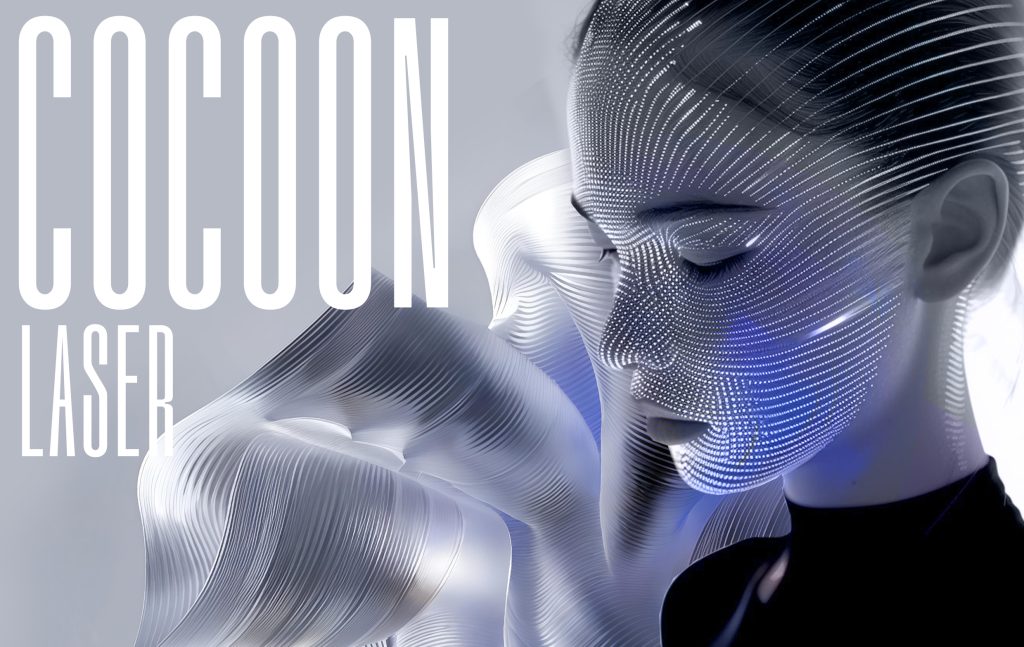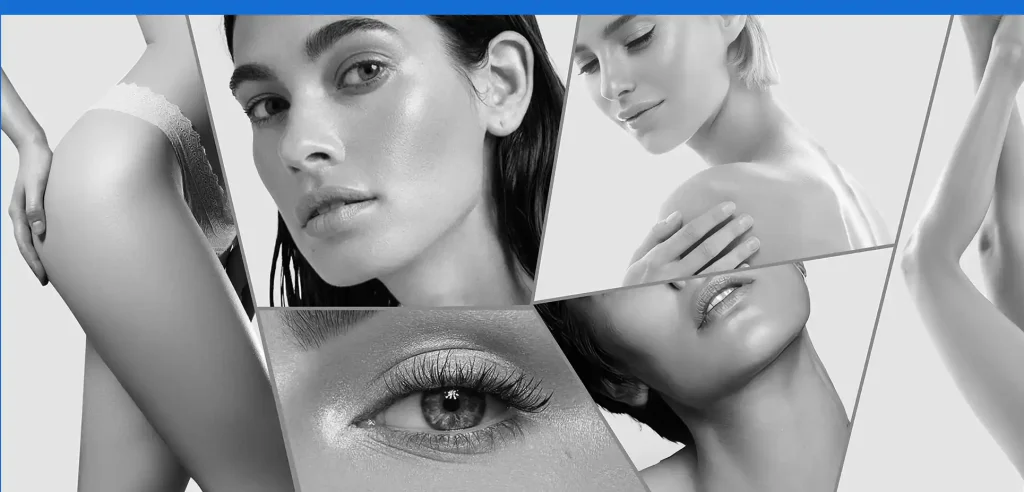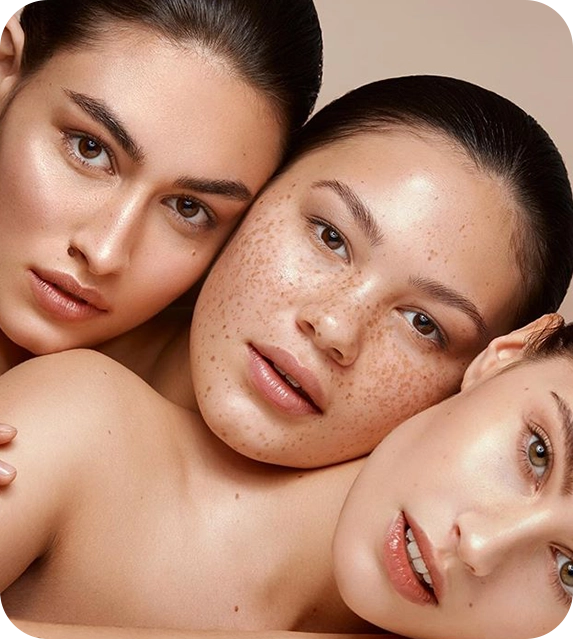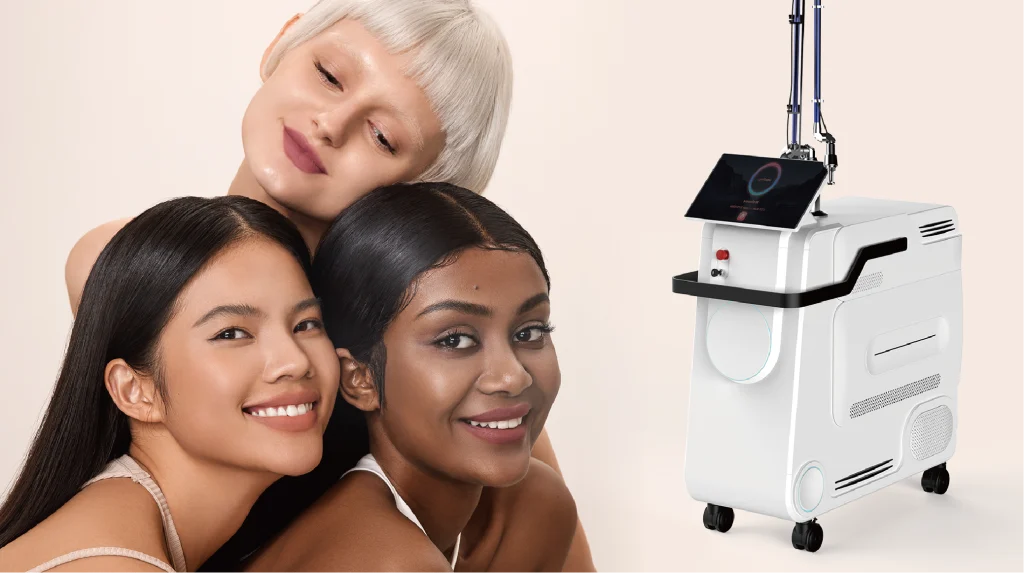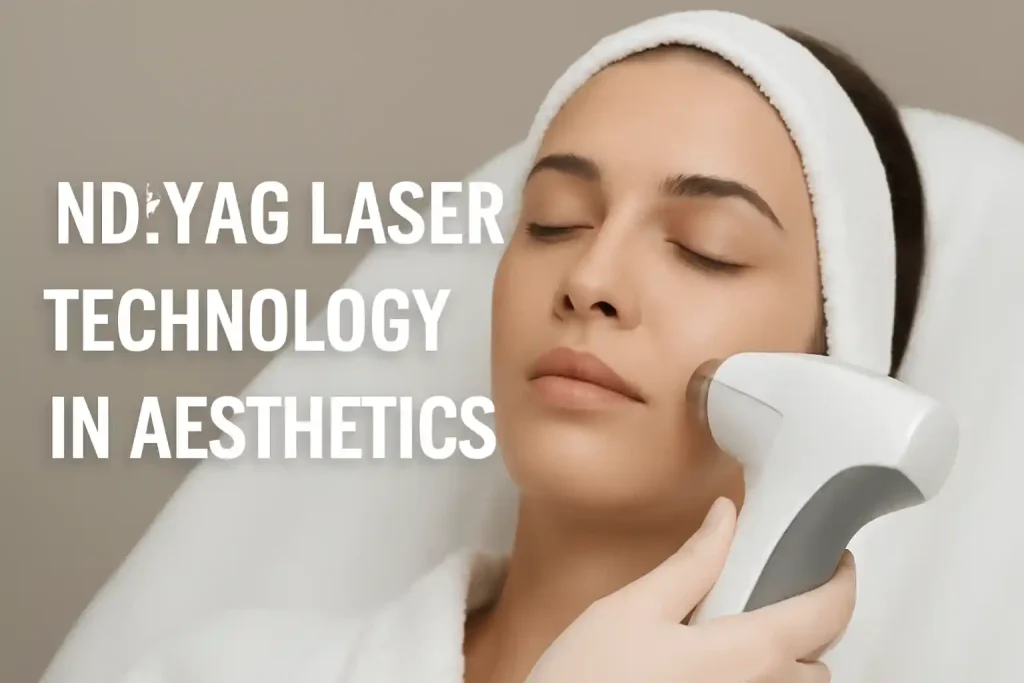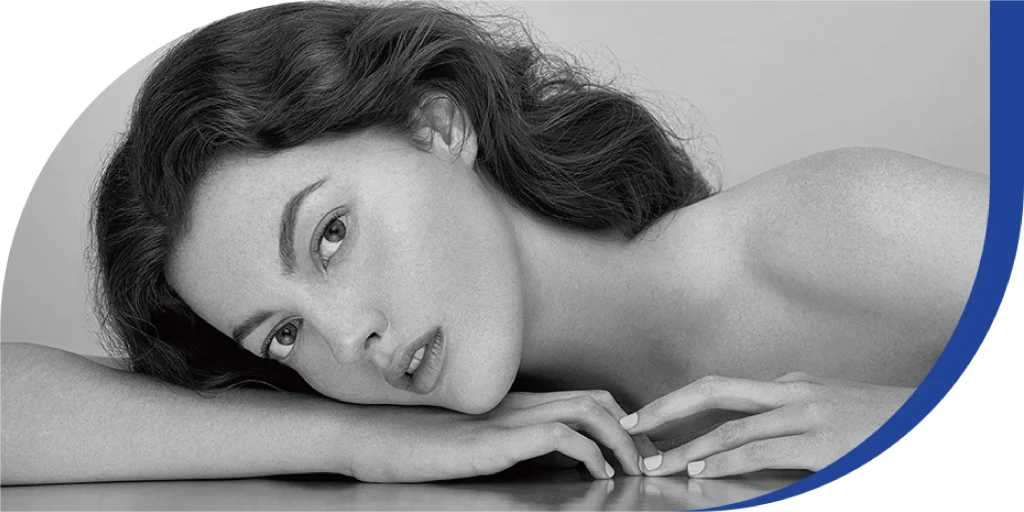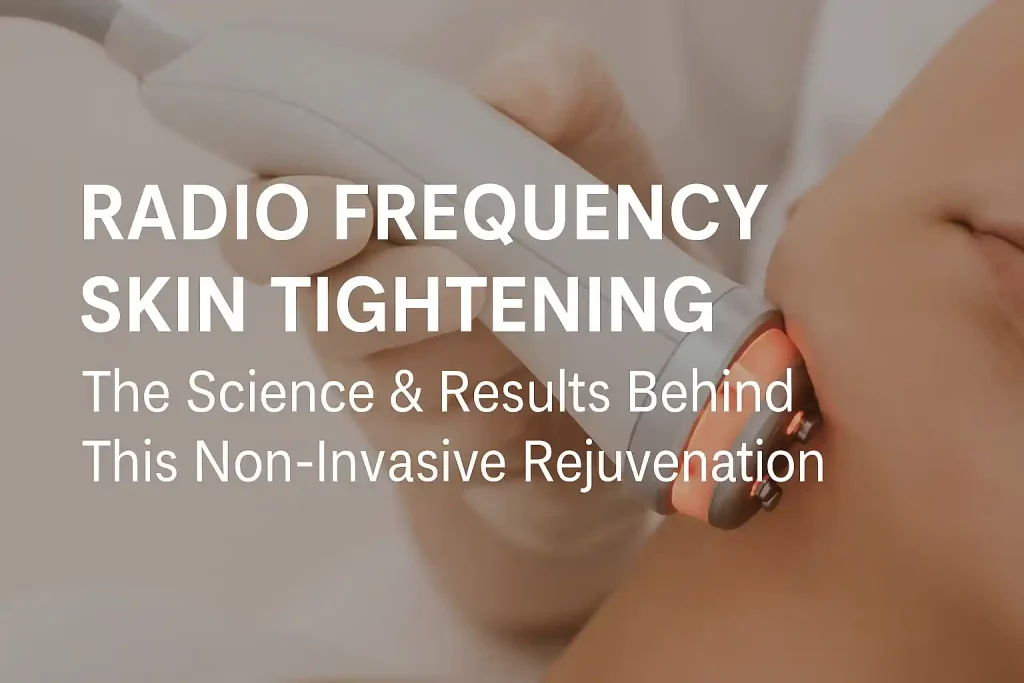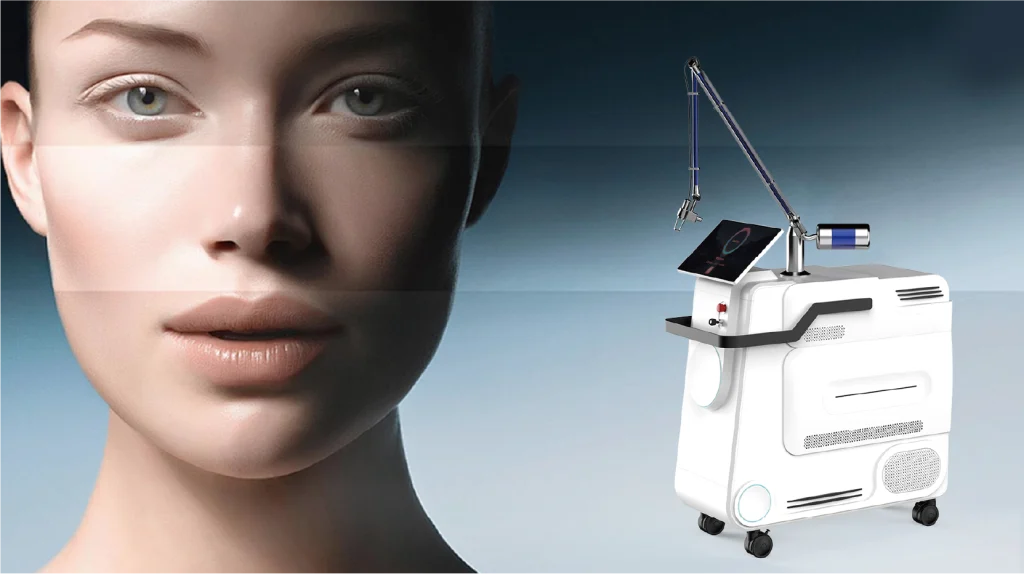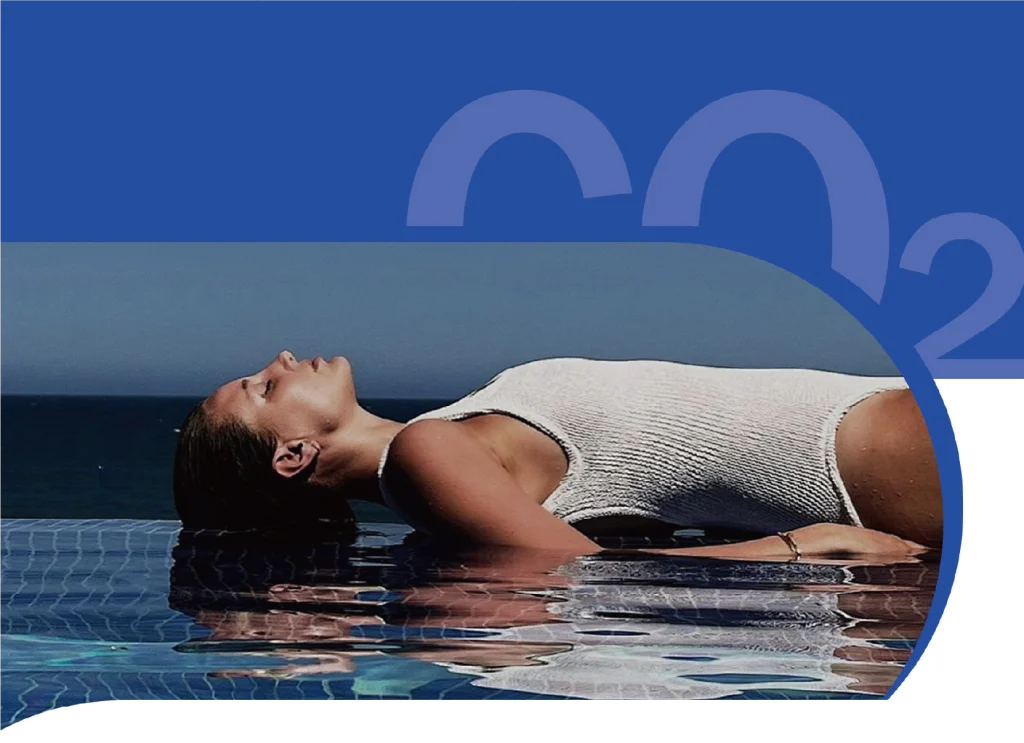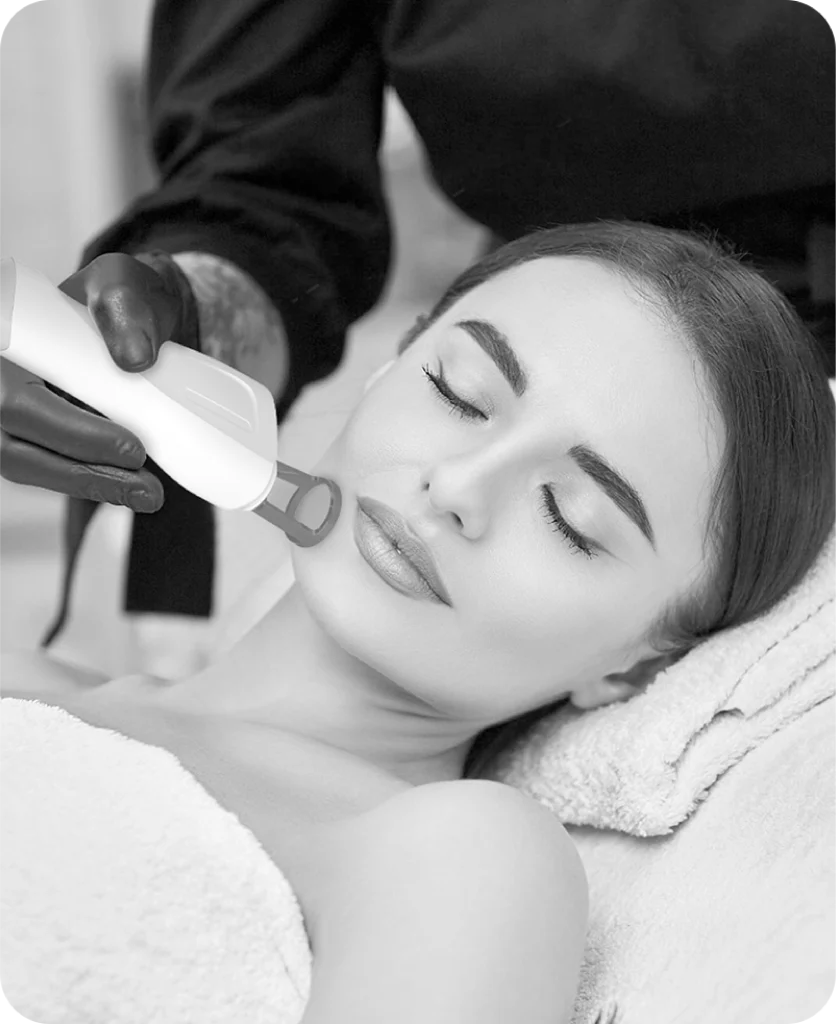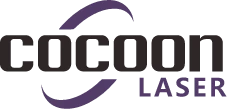Best Treatments for Facial Wrinkles in 2025: Botox vs. Fillers vs. 1550/1927-nm Fractional Lasers
Why you’re seeing more lines
Aging and UV exposure reduce collagen/elastin and alter dermal matrix, so fine lines become static wrinkles over time—especially without photoprotection.DermNet®
What actually works (and when)
1) Botulinum toxin (e.g., Botox®) — for dynamic wrinkles
- Best for: frown lines, crow’s feet, forehead lines caused by muscle movement.
- How it works: temporarily relaxes target muscles; results last ~3–4 months.
- Limits: won’t replace lost volume or fix deep static folds; often combined with fillers/lasers.
2) Dermal fillers — for static folds/volume loss
- Best for: nasolabial/marionette folds, mid-face deflation, etched-in lines.
- Pros: immediate soft-tissue support; minimal downtime.
- Notes: device/technique matters; seek qualified injectors for natural results.
3) Non-ablative fractional lasers
1550-nm Er:glass (dermal remodeling) and 1927-nm thulium (epidermal/upper-dermal) target different layers:
- 1550 nm: improves fine lines, texture, acne scars by stimulating dermal collagen.
- 1927 nm: excels at photoaging signs like dyspigmentation and superficial wrinkles; good for “field treatment.”
- Why patients like them: fractional pattern → faster healing and shorter downtime than traditional full-field resurfacing.

Rule of thumb
- Mostly dynamic lines → start with neuromodulator.
- Volume loss/folds → consider fillers.
- Color/texture + fine lines → fractional lasers; choose wavelength by depth.
- Mixed “color + texture + scars” → a dual-wavelength 1550/1927-nm platform covers both layers efficiently.
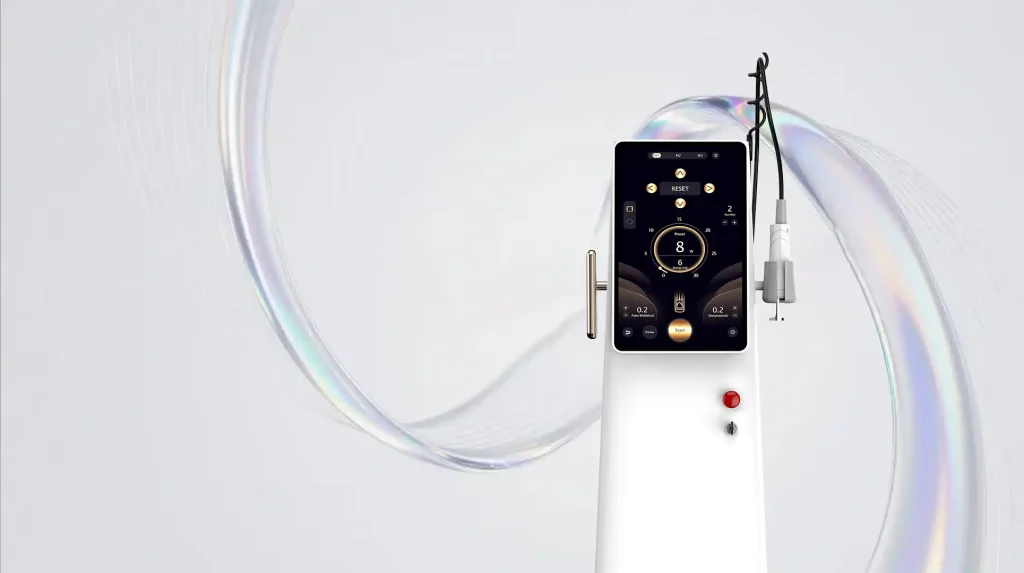
Featured solution (brand section): Lav Dual 1927 nm + 1550 nm Thulium Laser
If your clinic needs one platform to address both superficial pigment/texture and deeper collagen remodeling, Cocoon’s Lav Dual combines 1927 nm + 1550 nm in the same system:
- Two-pronged approach: 1927 nm for epidermal pigment/roughness; 1550 nm for dermal lines, pores, and scars.
- Use cases: sun/age spots, melasma (with proper protocols), periorbital lines, acne/surgical scars; customizable densities/scan sizes to balance efficacy with downtime.
Explore specs, indications, and before-&-after: Lav Dual 1927 nm + 1550 nm Thulium Laser.
Safety & expectations
Combination plans (e.g., neuromodulator + fillers + fractional laser) are common—sequence and timing should be set by qualified clinicians.
Pre/post-care (sun avoidance, photo-protection) drives results and reduces complications like PIH; tailor settings to skin type.
Quick comparison
| Option | Best for | Onset / Downtime | Durability | Key caveat |
|---|---|---|---|---|
| Botulinum toxin | Dynamic lines | Fast / minimal | ~3–4 months | Doesn’t add volume |
| Fillers | Folds/volume loss | Immediate / minimal | Months–>year+ (type-dependent) | Injector skill critical |
| 1927-nm thulium | Pigment + superficial texture | Days-to-week | Cumulative over sessions | Needs strict photoprotection |
| 1550-nm Er:glass | Fine lines, scars, pores (dermal) | Days-to-week | Cumulative over sessions | Temporary erythema/edema possibl |
| Dual 1550/1927 | Mixed “color + texture + lines” | Balanced | Efficient multi-concern correction | Device & protocols matter |
Fractional lasers—especially dual-wavelength 1550 / 1927 nm systems—bridge the gap between injectables and traditional resurfacing by addressing both texture and tone in one session. They offer balanced results, moderate downtime, and strong evidence-based efficacy for mixed concerns such as fine lines, scars, and photoaging.
FAQ
1. What is the most effective treatment for facial wrinkles?
There is no single “best” treatment—it depends on the cause and depth of wrinkles. Dynamic lines respond best to Botox or other neuromodulators, while static wrinkles and volume loss may require fillers. For overall texture, tone, and fine lines, fractional lasers (1550 / 1927 nm) provide the most comprehensive, non-surgical rejuvenation.
2. How does a fractional laser differ from Botox or fillers?
Fractional lasers use controlled light energy to resurface skin and stimulate collagen from within, while Botox relaxes facial muscles and fillers restore lost volume. Laser treatments focus on skin quality; injectables target structure and expression lines—many patients combine them for the best overall result.
3. How many fractional laser sessions are needed for visible results?
Most patients notice smoother, brighter skin after just one session, but a series of 3–4 treatments spaced about 4–6 weeks apart achieves optimal collagen remodeling and long-lasting results.
4. What is the downtime after a 1550/1927 nm fractional laser?
Typical recovery is 3–5 days of mild redness and dryness. Compared to traditional CO₂ lasers, fractional non-ablative systems require minimal downtime while still providing significant texture improvement.
5. Is fractional laser treatment safe for all skin types?
The 1927 nm thulium and 1550 nm Er:Glass wavelengths are safer for darker or sensitive skin than older ablative lasers, but proper settings and post-care (sun protection, moisturization) are essential to minimize post-inflammatory hyperpigmentation (PIH).
6. Can I combine Botox, fillers, and laser in one plan?
Yes. Combination therapy is common: start with Botox/fillers for immediate correction, then use fractional laser to enhance skin texture and tone. Always consult a qualified aesthetic practitioner to plan the right sequence and timing.
7. How long do results last?
Results vary by treatment type: Botox ~3–4 months, fillers 6–18 months, and fractional lasers can last over a year with proper skincare and sun protection, as collagen continues to remodel gradually.





